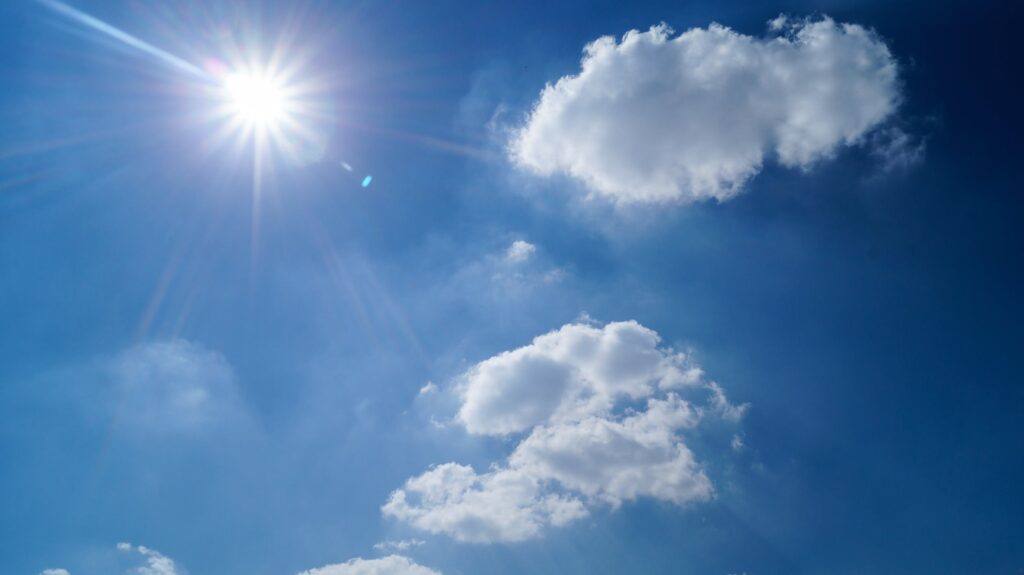Outdoor school events like carnivals, incursions and outdoor assemblies can leave wonderful, lasting memories – unless you’re left with a painful dose of sunburn. Ensure your next outdoor event is sun safe and everyone is protected from UV radiation.
Did you know?
SunSmart research has found that only half of West Australians aged 14 to 45 can correctly identify the ultraviolet (UV) Index as the weather forecast measure that provides information on the risk of sunburn for the day. Understanding the nuts and bolts of UV is important to reducing our skin cancer risk.
UV and skin cancer
UV radiation is classified as a human carcinogen, meaning it causes cancer. Every time we go into sunlight, our skin cells and genetic material (DNA) can be damaged by UV radiation. Overexposure to UV radiation is estimated to cause up to 95 per cent of melanomas and 99 per cent of non-melanoma skin cancers, notably basal cell carcinomas (BCCs) and squamous cell carcinomas (SCCs). BCCs and SCCs are found almost exclusively on sun exposed body sites, and almost never occur on skin that is routinely shielded from the sun. This UV damage accumulates, meaning it builds up over time. Damage and sunburns that occur at any point in life can evolve into skin cancer and have long-term consequences. As well as skin cancers, UV radiation can cause cancers of the eye, cataracts (clouding on the lens of the eye) and pterygiums (a growth on the white of the eye).
The ABC of UV
There are three types of UV radiation, based on wavelength:
• UVA penetrates deeply into the skin (the dermis) causing genetic damage to cells, photo-ageing (wrinkling, saggy skin etc) and skin cancers. UVA makes up most of the UV radiation that reaches the Earth’s surface.
• UVB damages the top layer of the skin (the epidermis) causing damage to the cells. UVB is responsible for sunburn and skin cancers.
• UVC is absorbed in the atmosphere and does not reach the Earth’s surface.
Direct vs diffuse UV
UV radiation can reach you on the ground directly from the sun. It can also be scattered by particles in the air. If you are standing in the shade and can still see large areas of sky, the scattered or diffuse UV from those areas of the sky can reach you.
What affects solar UV?
UV levels are affected by several different factors, including:
• Solar elevation, or how high the sun is in the sky. UV levels increase throughout the morning, and peak around the middle of the day.
• Location, with UV higher the closer you are to the equator.
• Time of year, UV is highest in the summer months.
• Cloud cover reduces but does not eliminate UV.
• Higher altitudes have higher UV.
• Reflective ground surfaces, such as snow, water and sand increase the amount of UV that reaches you.
To check the UV Index at your location, visit MyUV.com.au or
scan to download the free SunSmart Global UV app.




